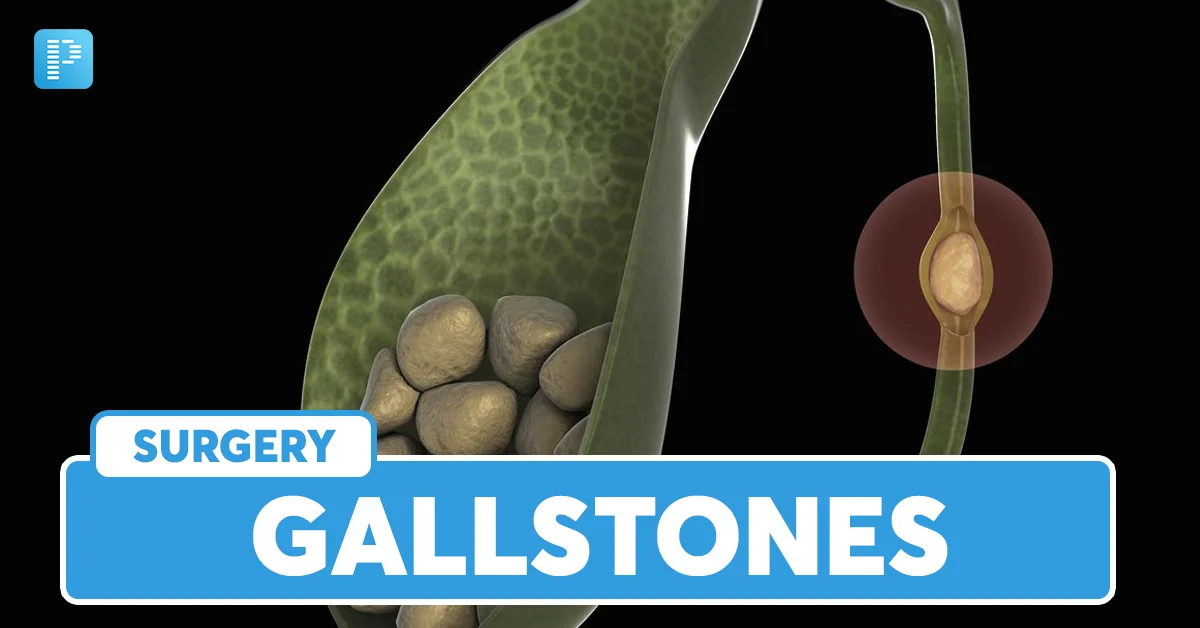The human body is a complex and intricate system, with numerous organs working in tandem to maintain overall health. One such organ is the gallbladder, a small, pear-shaped sac located under the liver, responsible for storing bile, a digestive fluid produced by the liver. However, like any other part of the body, the gallbladder is not immune to issues, and one common problem that can affect it is the formation of gallstones.
Gallstones are small, hard deposits that can develop in the gallbladder when there is an imbalance in the composition of bile. They can be as small as a grain of sand or as large as a golf ball, and their formation is often a result of a combination of factors, including an excess of cholesterol, bilirubin, or bile salts in the bile. When these substances become concentrated, they can crystallize and form stones.
There are several types of gallstones, each with its own set of characteristics and causes. The most common type is cholesterol stones, which are usually yellowish in color and composed primarily of cholesterol. These stones are often the result of a high level of cholesterol in the bile, which can be due to a variety of factors, including a diet high in saturated fats, obesity, and certain medical conditions, such as diabetes.
Another type of gallstone is pigment stones, which are smaller and darker than cholesterol stones. These stones are composed primarily of bilirubin, a pigment produced during the breakdown of red blood cells, and are more common in people with certain medical conditions, such as cirrhosis or biliary tract infections.
The symptoms of gallstones can vary, but they often include severe abdominal pain, particularly in the upper right quadrant of the abdomen, which can radiate to the back or right shoulder. This pain, known as biliary colic, can be constant or intermittent and can be triggered by eating fatty foods. Other symptoms may include nausea, vomiting, fever, and jaundice, a condition characterized by a yellowing of the skin and eyes.
In some cases, gallstones may not produce any symptoms at all, a condition known as asymptomatic gallstones. These stones can be discovered during an imaging test, such as an ultrasound or CT scan, which may be performed for an unrelated reason.
If symptoms do occur, a diagnosis of gallstones is typically made using a combination of imaging tests and blood tests. An ultrasound is often the first test used to diagnose gallstones, as it is non-invasive and can quickly identify the presence of stones. Other imaging tests, such as a CT scan or MRI, may also be used to confirm the diagnosis and rule out other conditions.
Once a diagnosis of gallstones has been made, treatment options will depend on the severity of symptoms and the presence of any complications. In some cases, no treatment may be necessary, and the stones may be left to pass on their own. However, in many cases, surgical removal of the gallbladder, known as a cholecystectomy, may be necessary to relieve symptoms and prevent further complications.
A cholecystectomy can be performed using a variety of techniques, including open surgery, laparoscopic surgery, or robotic surgery. The choice of technique will depend on the individual’s overall health and the severity of their symptoms. In general, laparoscopic surgery is the preferred method, as it is less invasive and results in less post-operative pain and scarring.
In addition to surgical removal of the gallbladder, there are several other treatment options that may be used to manage gallstones. These include medications, such as ursodiol, which can help dissolve cholesterol stones, and extracorporeal shock wave lithotripsy, a non-invasive procedure that uses shock waves to break up gallstones.
Preventing gallstones from forming in the first place is also an important consideration. While some risk factors, such as age and family history, cannot be changed, there are several lifestyle modifications that can help reduce the risk of developing gallstones. These include maintaining a healthy weight, eating a balanced diet that is low in saturated fats and high in fiber, and exercising regularly.
In conclusion, gallstones in the gallbladder are a common problem that can cause significant discomfort and disrupt daily life. Understanding the causes, symptoms, and treatment options for gallstones is essential for managing this condition and preventing further complications. By maintaining a healthy lifestyle and seeking medical attention if symptoms occur, individuals can reduce their risk of developing gallstones and ensure optimal overall health.
What are the symptoms of gallstones?
+The symptoms of gallstones can vary, but they often include severe abdominal pain, particularly in the upper right quadrant of the abdomen, which can radiate to the back or right shoulder. Other symptoms may include nausea, vomiting, fever, and jaundice, a condition characterized by a yellowing of the skin and eyes.
How are gallstones diagnosed?
+A diagnosis of gallstones is typically made using a combination of imaging tests and blood tests. An ultrasound is often the first test used to diagnose gallstones, as it is non-invasive and can quickly identify the presence of stones. Other imaging tests, such as a CT scan or MRI, may also be used to confirm the diagnosis and rule out other conditions.
What are the treatment options for gallstones?
+Treatment options for gallstones depend on the severity of symptoms and the presence of any complications. In some cases, no treatment may be necessary, and the stones may be left to pass on their own. However, in many cases, surgical removal of the gallbladder, known as a cholecystectomy, may be necessary to relieve symptoms and prevent further complications.
How can I prevent gallstones from forming?
+Preventing gallstones from forming in the first place is also an important consideration. While some risk factors, such as age and family history, cannot be changed, there are several lifestyle modifications that can help reduce the risk of developing gallstones. These include maintaining a healthy weight, eating a balanced diet that is low in saturated fats and high in fiber, and exercising regularly.
By understanding the complexities of gallstones and the gallbladder, individuals can take proactive steps to maintain optimal health and prevent the formation of these painful and potentially debilitating stones. Whether through lifestyle modifications, medical treatment, or surgical intervention, there are numerous options available for managing gallstones and ensuring a healthy, happy life.



